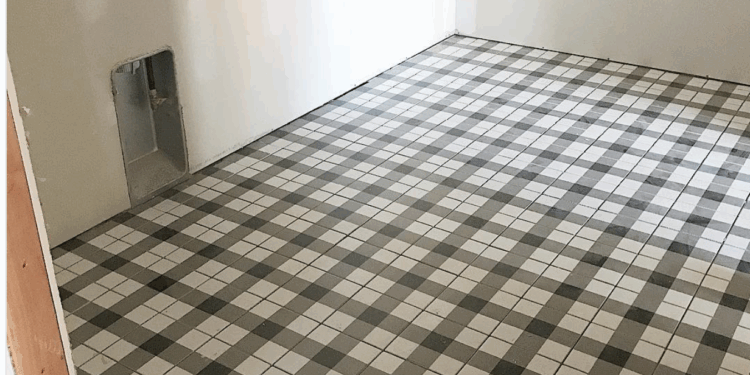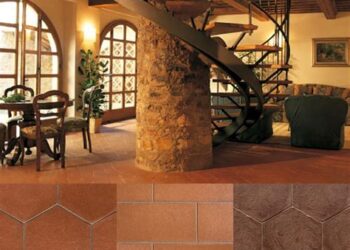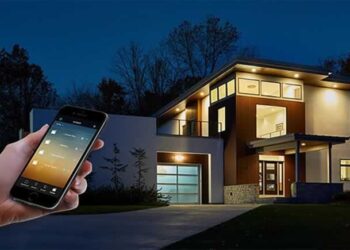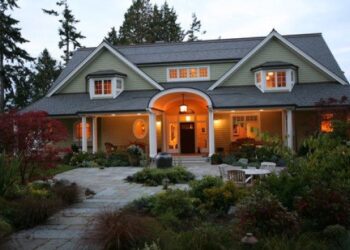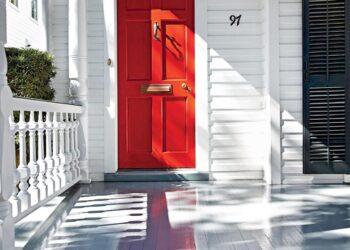The interior design world is ever-evolving, with trends that shift and reshape the way we perceive our living spaces. In 2025, one of the boldest and most captivating trends making waves in the industry is plaid tiles. This eye-catching pattern, traditionally associated with textiles and fashion, has made a striking entrance into the realm of home design, bringing both nostalgia and contemporary flair into homes worldwide.
What Are Plaid Tiles?
Plaid tiles refer to ceramic, porcelain, or other tiling materials that feature intersecting lines forming a crisscross pattern. These patterns mimic the classic tartan or checkered designs seen in fabrics. Unlike simple geometric tiles, plaid tiles are distinguished by their complexity and layered appearance, offering depth and texture to any space.
A Brief History of Plaid Patterns
The origins of plaid trace back to ancient Scotland, where tartan patterns represented familial clans. Over time, plaid evolved beyond its cultural roots to become a popular pattern in fashion and design globally. Now, this traditional motif has found a fresh interpretation in the form of tiles, merging history with modernity.
Why Are Plaid Tiles Trending in 2025?
Several factors contribute to the rise of plaid tiles in home interiors this year:
A. Nostalgic Appeal
Many homeowners are leaning into retro and vintage aesthetics. Plaid evokes a sense of comfort and familiarity, reminiscent of cozy blankets and classic styles.
B. Bold Visual Impact
Plaid tiles stand out immediately in any room, making them an ideal choice for accent walls, backsplashes, or statement floors.
C. Versatility Across Styles
Despite their boldness, plaid tiles can complement various design themes—from rustic and farmhouse to modern industrial and eclectic.
D. Customization and Color Variety
Manufacturers now offer plaid tiles in diverse color palettes, allowing homeowners to tailor the pattern to their unique tastes.
Where to Use Plaid Tiles
Plaid tiles can be incorporated into numerous areas of the home. Here are some popular applications:
A. Kitchen Backsplashes
Installing plaid tiles behind your stove or sink adds a playful yet sophisticated touch to the kitchen. Pairing them with neutral cabinetry ensures the pattern remains the focal point.
B. Bathroom Walls and Floors
Plaid tiles work beautifully in bathrooms, whether as a full wall behind the vanity or as a floor tile to create a chic checkerboard effect.
C. Fireplace Surrounds
Updating your fireplace with plaid tiles transforms it into a cozy, conversation-starting centerpiece.
D. Accent Walls in Living Spaces
Use plaid tiles to craft an accent wall in your living room or dining area. This creates a visual anchor for the space without the need for additional decor.
E. Entryway Flooring
Make a bold first impression by installing plaid tiles in the entryway. Their durability and unique design welcome guests with style.
Tips for Decorating with Plaid Tiles
While plaid tiles are undeniably eye-catching, they require thoughtful styling to avoid overwhelming a space. Here are essential tips to balance their presence:
A. Pair with Solid Colors
Keep surrounding elements neutral or monochromatic to let the plaid pattern shine without competing visuals.
B. Use Sparingly
Incorporate plaid tiles as accents rather than covering entire rooms. This prevents the pattern from feeling too busy.
C. Coordinate with Complementary Textures
Combine plaid tiles with natural textures like wood or stone to create warmth and balance.
D. Consider Scale and Proportion
Choose tile sizes that align with the scale of the room. Larger patterns suit spacious areas, while smaller patterns work well in compact spaces.
Popular Color Palettes for Plaid Tiles in 2025
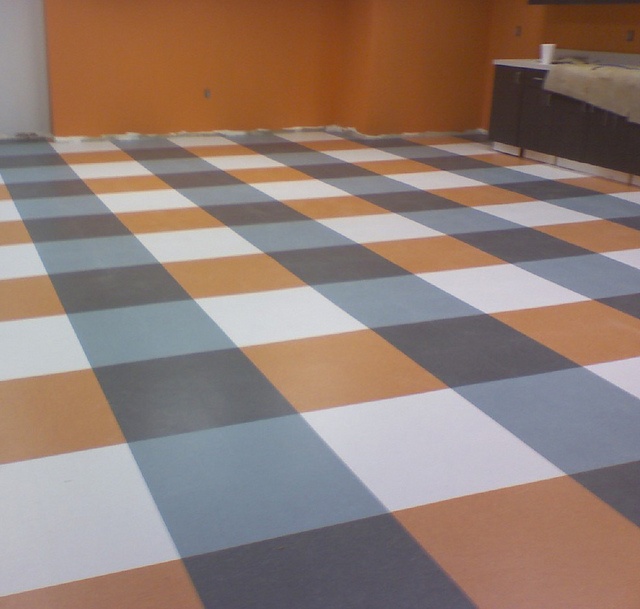
Color plays a crucial role in plaid tiles’ appeal. This year, the following color schemes are dominating interior design magazines and showrooms:
A. Classic Black and White
Timeless and versatile, black and white plaid tiles add sophistication and contrast to any setting.
B. Earthy Neutrals
Beige, taupe, and soft grays provide a subtle, understated look, ideal for calming environments.
C. Bold Jewel Tones
Emerald green, deep navy, and burgundy offer a luxurious twist, perfect for upscale interiors.
D. Pastel Plaids
Light pinks, baby blues, and mint greens bring a whimsical, playful vibe, especially in children’s spaces or creative studios.
Maintenance and Care for Plaid Tiles
To maintain the beauty and longevity of plaid tiles, regular care is essential:
A. Routine Cleaning
Wipe tiles with a damp cloth and mild detergent to remove dust and stains.
B. Avoid Harsh Chemicals
Strong cleaners may damage glaze or fade colors. Opt for pH-neutral cleaning solutions.
C. Seal Grout Lines
Applying a grout sealer helps prevent staining and makes cleaning easier.
D. Address Spills Promptly
Clean up spills immediately to avoid permanent discoloration, especially on lighter-colored tiles.
How to Incorporate Plaid Tiles in Different Design Styles
Plaid tiles are adaptable to multiple interior design styles. Here’s how to use them effectively in various aesthetics:
A. Modern Farmhouse
Pair black-and-white plaid tiles with white shiplap walls and rustic wood accents for a classic farmhouse feel.
B. Mid-Century Modern
Use muted, earthy plaid tiles alongside sleek furniture and retro light fixtures.
C. Industrial
Choose dark, moody plaid tiles paired with exposed brick, metal fixtures, and concrete surfaces.
D. Bohemian
Layer colorful plaid tiles with eclectic decor, woven rugs, and vintage furnishings for an artsy, free-spirited look.
Customization Options for Plaid Tiles
Thanks to advancements in printing technology, manufacturers now offer custom plaid tile designs:
A. Personalized Color Schemes
Homeowners can select custom hues to match existing decor or express their personality.
B. Variable Line Thickness
Choose bolder or finer lines to control the pattern’s visual intensity.
C. Unique Tile Shapes
Opt for non-traditional shapes like hexagons or elongated rectangles with plaid prints for a contemporary twist.
Environmental Impact and Sustainability
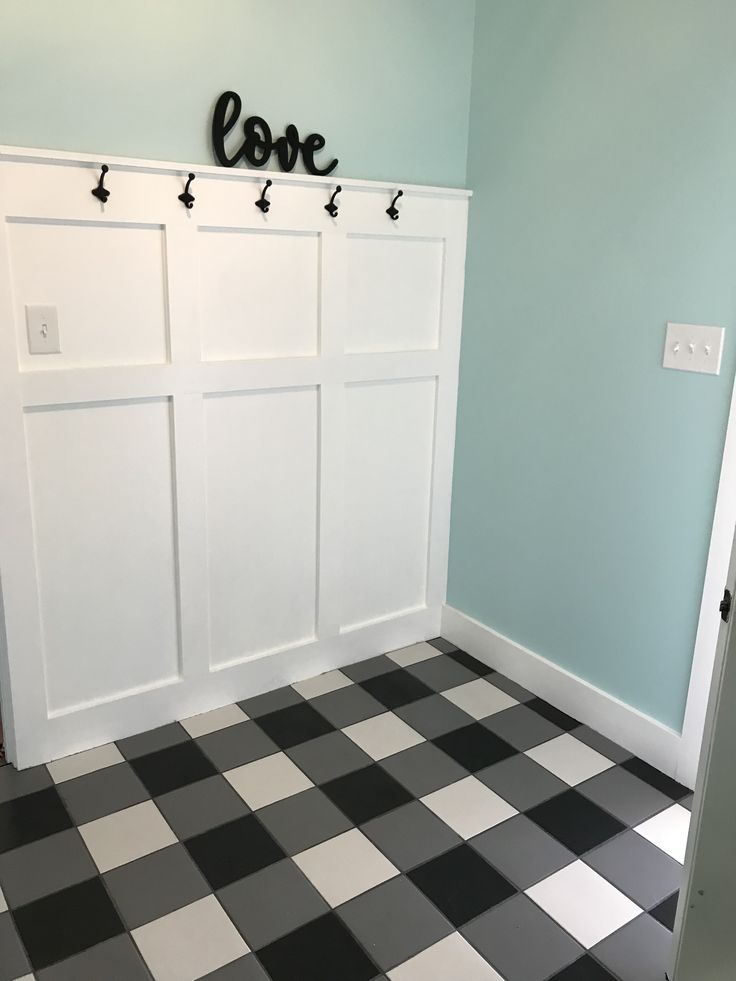
As consumers become more eco-conscious, sustainable tile options are gaining traction:
A. Recycled Materials
Look for plaid tiles made from recycled ceramics or glass.
B. Low-VOC Glazes
Tiles finished with low-emission glazes contribute to healthier indoor air quality.
C. Local Sourcing
Choosing locally produced tiles reduces transportation emissions and supports regional artisans.
Professional vs. DIY Installation
Deciding between professional or DIY installation depends on your skill level and project complexity:
A. Professional Installation
For intricate patterns or large-scale applications, hiring a professional ensures precise alignment and durability.
B. DIY Projects
If you have tiling experience, smaller plaid tile projects like backsplashes or fireplace surrounds can be tackled independently with proper tools.
Future of Plaid Tiles Beyond 2025
Industry experts predict that plaid tiles will continue evolving beyond 2025, with more experimental patterns, bold color combinations, and hybrid materials entering the market. Their versatility ensures they won’t fade from interior design conversations anytime soon.
Plaid tiles offer an exciting way to infuse personality, history, and artistry into your home. Whether you choose subtle neutrals or daring hues, this trend invites creativity while honoring timeless design principles. By strategically incorporating plaid tiles in your living spaces, you create a home that’s both on-trend and uniquely yours.

